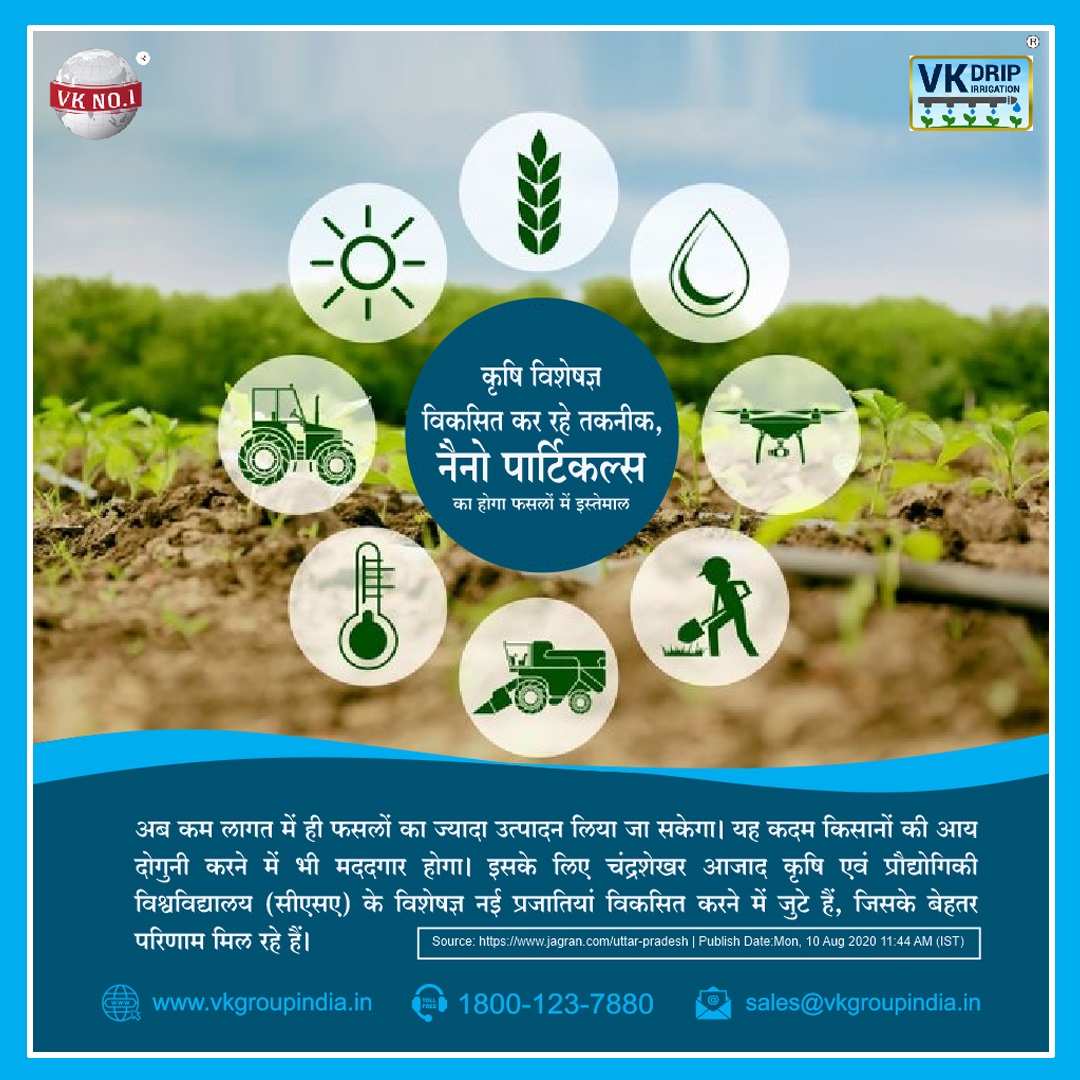
What is The Most Effective And Efficient System To Irrigate Home Vegetable Crops?
- Plant your water before you plant your garden.
Most people design their gardens backyards. They decide where they want to plant and then try to figure out how to get water to it. That’s completely backward. Before putting a seed in the ground:
- observe the landscape
- determined how water interacts with it
- develop strategies for placing the water where you want it
- plant your garden where your water will be
2. Store your water in the ground.
Rain gardens, water barrels, sprinklers, and micro-irrigation are great for storing water to use during dry spells but they’re far less effective than the water carrying capacity of healthy soil. What’s the key to healthy water-absorbing soil? Organic matter. No gardener has ever complained about too much organic matter in their soil. Garden’s too dry? Add organic matter. Too wet? Add organic matter. It’s a great equalizer.
ex. Urban Swale
Before installing a bed in my front yard, I dug a 100+ foot level trench (swale) that picks up all the water from the downspouts on the East side of my house. Now, instead of pouring out onto the ground, the water enters the trench and spreads out evenly over its entire length. The trench is then mulched over with wood chips and other organic matter before being planted on top of and directly beside. The following picture shows the process from start (top) to finish (bottom).
The following is a picture of my vegetable garden the year after installing an urban swale beneath it. This swale picks up water from the house and the garage. The beds are mounds of organic matter with key-holes cut out for access. Once the seeds sprout, this garden doesn’t need any watering.

The combination of steps 1 and 2 is by far the most effective and efficient way to keep your garden watered. The next three techniques are ways of increasing and maintaining the water carrying capacity of your soil.
3. Mulch
The soil is the best place to store your water but it’s vulnerable to wind and sunlight. To protect your soil use an organic mulch such as wood chips, straw, or even the plants themselves. Try to avoid any length of time in which the soil is exposed. The gardener's obsession with exposed black earth is the soil’s worst friend.
4. Don't’ treat your soil like dirt
Avoid walking on your soil by creating dedicated paths and building beds that are accessible. The more you step, till, and dig, the less healthy your soil will be over time. You want it to be light, full of organic matter, and moist enough that if you squeezed a handful you might get a single drop of water.
5. What comes out must go in.